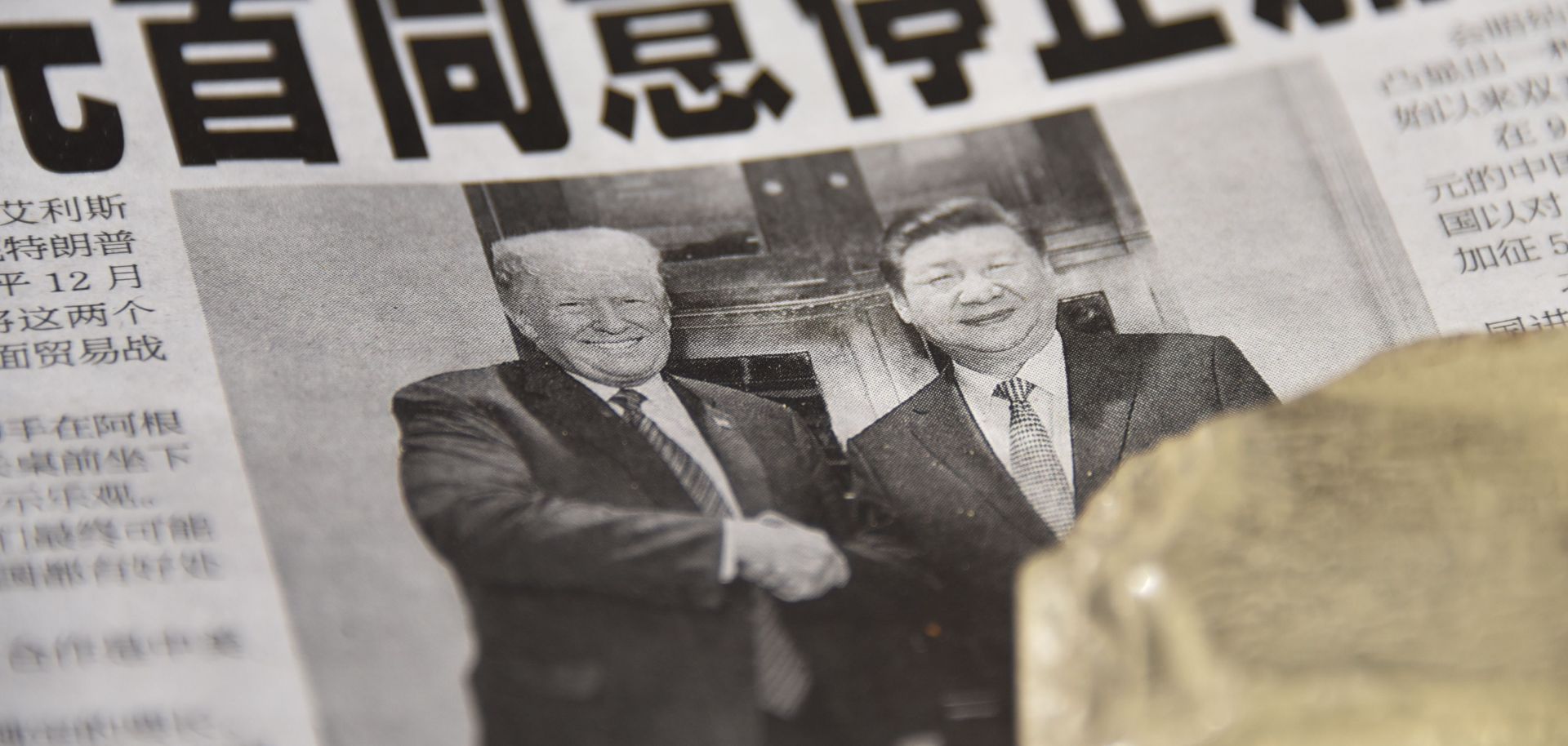GUIDANCE
The U.S.-China Trade War Is on Hold. Now the Hard Part Begins
Dec 7, 2018 | 00:59 GMT

A Chinese newspaper on display at a newsstand in Beijing on Dec. 3 features a front-page story about last week's meeting in Argentina during which Chinese President Xi Jinping and U.S President Donald Trump agreed to a trade truce. China has signaled that it will try to meet some U.S. demands, but there are many reasons to doubt that the truce can be sustained.
(GREG BAKER/AFP/Getty Images)
Highlights
- The truce in the U.S.-China trade war opens up a period of talks that already have both sides working to set expectations and control the narrative, with China considering its options for concessions and the United States weighing what it will accept.
- On intellectual property issues, market access and state-owned enterprise reform, the overlap between China's domestic changes and U.S. pressure means there is space for Beijing to offer low-hanging fruit in negotiations.
- However, such common ground will take the two sides only so far, and U.S. demands could easily derail the negotiations.
- Ultimately, the way the talks will unfold hinges on whether the White House feels compelled to accept easy concessions as a political win or whether it will maintain its focus on its trade deficit and long-term strategic competition with China.
Subscribe Now
SubscribeAlready have an account?
